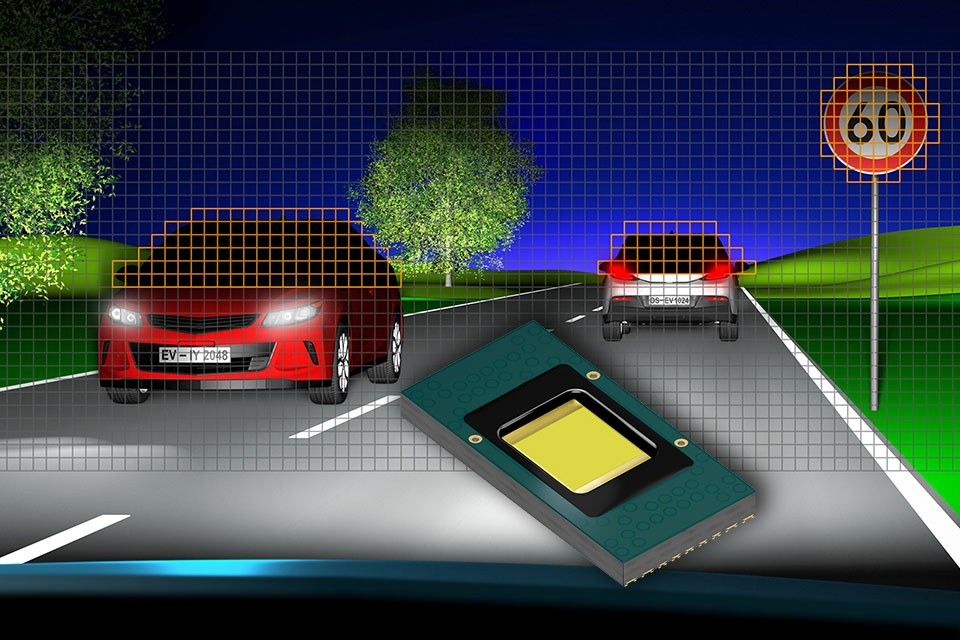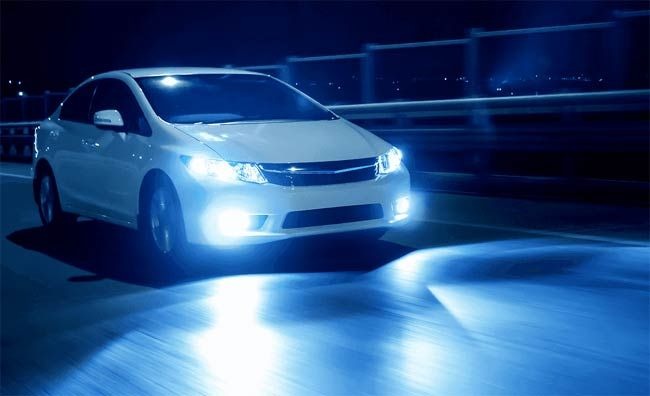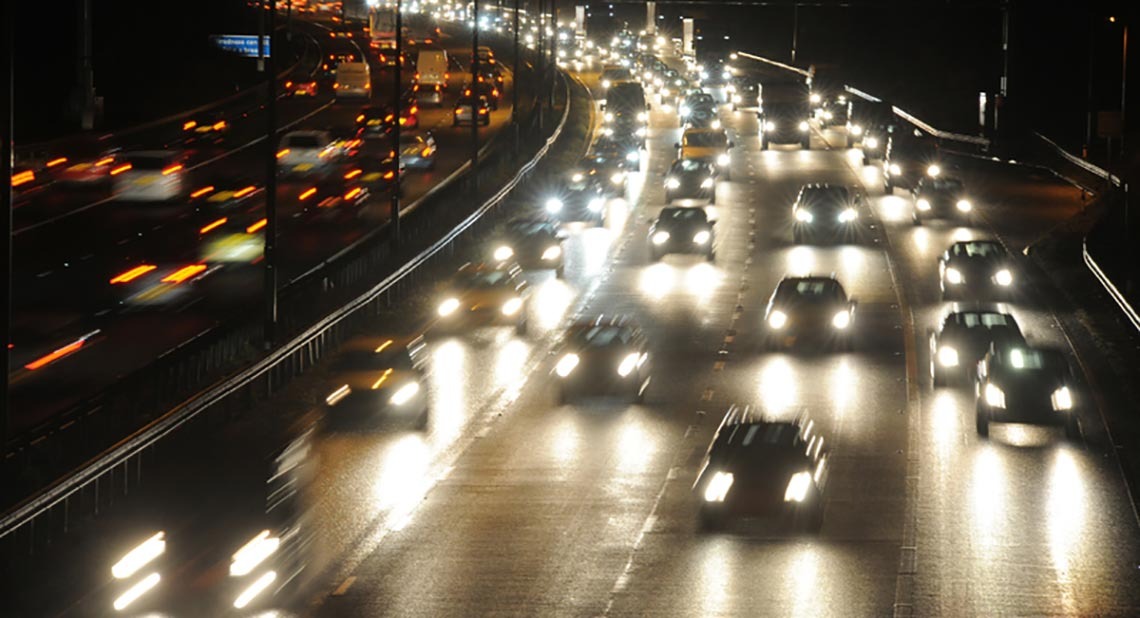LED Technology: Revolutionizing Road Lighting

In the perpetual dance between technology and infrastructure, few innovations have had as transformative an impact on our daily lives as LED technology. Among its many applications, one of the most striking revolutions unfolds on the very streets we traverse—the metamorphosis of road lighting. As we illuminate the path ahead, LED technology emerges as the unsung hero, reshaping our nocturnal landscapes and fundamentally altering the way we perceive and navigate the roads.
Imagine a cityscape bathed in the crisp, energy-efficient glow of LEDs, where once-dimly lit streets now come alive with clarity and vibrancy. The story of LED’s influence on road lighting is not merely about brightness; it’s about efficiency, longevity, and a paradigm shift in how we approach illuminating our urban and rural thoroughfares.
This exploration into LED technology and its impact on road lighting unravels the layers of innovation that have propelled this revolution. From the early days of conventional street lamps to the advanced, smart lighting systems of today, LEDs have emerged as the torchbearers of progress. Beyond mere functionality, these lights contribute to environmental sustainability, cost-effectiveness, and enhanced safety for motorists and pedestrians alike.
As we journey through the evolution of road lighting, we’ll uncover the intricacies of LED technology—from its inception to the present day. From smart city initiatives to the subtle nuances of color temperature, this exploration sheds light on how LEDs are not just illuminating our streets but reshaping the very fabric of our nocturnal landscapes. Welcome to the radiant realm of “LED Technology: Revolutionizing Road Lighting.“

Contents
Understanding LED Technology
What is LED?
LEDs are semiconductor devices that emit light when an electric current passes through them. Unlike traditional incandescent bulbs that use a filament, LEDs produce light by electroluminescence. This process involves the movement of electrons in the semiconductor material, releasing energy in the form of photons.
How do LEDs work?
LEDs consist of several key components, including a semiconductor chip, a reflector cup, and a lens. When an electrical current is applied to the chip, it excites the electrons, causing them to release energy in the form of light. The color of the emitted light depends on the materials used in the semiconductor.
Advantages of LED Technology
LED technology offers numerous advantages over traditional lighting solutions:
- Energy Efficiency: LEDs consume significantly less energy compared to incandescent bulbs or fluorescent tubes. They convert a higher percentage of electrical energy into light, resulting in reduced energy consumption and lower electricity bills.
- Long Lifespan: LEDs have an impressive lifespan, lasting up to 50,000 hours or more. This longevity eliminates the need for frequent bulb replacements, reducing maintenance costs.
- Durability: LEDs are solid-state devices that are highly resistant to shock, vibration, and extreme temperatures. They are designed to withstand harsh conditions, making them ideal for road lighting applications.
- Instantaneous Lighting: Unlike traditional bulbs that take time to reach full brightness, LEDs provide instant illumination when powered on. This quick response time is crucial for road lighting where visibility is paramount.
- Environmentally Friendly: LEDs do not contain hazardous materials like mercury or lead, making them an eco-friendly lighting solution. Additionally, their energy efficiency helps to reduce carbon emissions and combat climate change.
See more: Trucks: The Effective Solution for Transporting Goods
The Impact of LED Technology on Road Lighting
Enhanced Visibility and Safety
One of the most significant advantages of LED road lighting is its ability to provide enhanced visibility for drivers and pedestrians alike. LED lights produce a clear and uniform illumination, reducing glare and shadows on the road. This improved visibility leads to safer driving conditions, minimizing the risk of accidents and improving road safety.
Energy Efficiency and Cost Savings
LED technology’s energy efficiency plays a crucial role in road lighting applications. By consuming less electricity, LED lights help reduce energy consumption and lower overall operational costs. Municipalities and transportation departments can benefit from substantial cost savings in terms of energy bills and maintenance expenses due to the extended lifespan of LED lights.
Reduced Light Pollution
Traditional lighting solutions often contribute to light pollution, which hampers stargazing and disrupts ecosystems. LED lights can be precisely directed to illuminate only the desired areas, minimizing light spillage into the night sky. This targeted illumination reduces light pollution levels and ensures that the majority of light is directed onto the road surface where it is needed.
Smart Lighting Controls
LED technology opens up possibilities for smart lighting controls in road lighting systems. With the integration of sensors and intelligent control systems, LED lights can be programmed to adjust brightness levels based on traffic conditions and ambient lighting. This dynamic lighting control ensures optimal illumination while minimizing energy wastage.
Flexibility in Design and Application
LED lights offer flexibility in design and application, allowing for creative solutions in road lighting. They come in various shapes and sizes, including streetlights, floodlights, and spotlights. This versatility enables road designers and city planners to customize lighting installations according to specific needs, improving aesthetics and functionality.
Case Studies: Successful Implementation of LED Road Lighting
Los Angeles Street Lighting Retrofit Project
In 2009, Los Angeles embarked on a massive project to replace its existing streetlights with energy-efficient LED fixtures. The project aimed to improve visibility while reducing energy consumption and maintenance costs. The retrofit project involved replacing around 140,000 high-pressure sodium streetlights with energy-efficient LEDs. The result was a significant reduction in energy usage and a substantial decrease in maintenance requirements.
Dutch Highway Lighting Upgrade
The Netherlands is known for its innovative approach to sustainable infrastructure. In recent years, the country has been upgrading its highway lighting with LEDs to improve energy efficiency and reduce carbon emissions. By using smart lighting controls and adaptive lighting systems, Dutch highways now benefit from optimized illumination levels based on traffic density and weather conditions.
Sydney Harbour Bridge Illumination
Sydney Harbour Bridge in Australia underwent a stunning transformation with the installation of colorful LED lights in 2020. This iconic landmark now showcases vibrant light displays that can be customized for different events and celebrations. The LED technology used not only enhances the bridge’s aesthetic appeal but also provides efficient lighting for pedestrians and drivers passing through it.
Future Trends in LED Road Lighting
Connected Lighting Systems
The future of road lighting lies in connected lighting systems that leverage Internet of Things (IoT) technology. These systems enable remote monitoring, data collection, and real-time adjustments of LED lights. With connected lighting systems, cities can optimize energy usage, detect faults or failures quickly, and implement predictive maintenance strategies.
Adaptive Lighting Solutions
Adaptive lighting solutions are gaining traction in road lighting applications. These systems use sensors to detect vehicle presence, weather conditions, and ambient light levels to adjust illumination accordingly. By dynamically adapting brightness levels based on specific parameters, adaptive lighting enhances safety and energy efficiency on roads.
Integration with Smart City Infrastructure
As cities become smarter, LED road lighting will integrate seamlessly with other smart city infrastructure components. This integration allows for enhanced coordination between traffic management systems, street cameras, and environmental sensors. The result is an interconnected ecosystem that improves traffic flow, reduces congestion, and enhances overall urban livability.
LED Technology – How Road Illumination Is Undergoing a Transformation
LED technology has revolutionized road lighting by offering improved visibility, energy efficiency, cost savings, reduced light pollution, and flexibility in design and application. Its impact on road safety cannot be understated as it provides clear illumination while minimizing glare and shadows. With advancements such as smart lighting controls and connected systems on the horizon, the future of LED road lighting looks promising. As cities worldwide embrace sustainability and smart city initiatives, LED technology will play a vital role in creating safer, greener, and more efficient road networks.
See more at: Topcarr






















